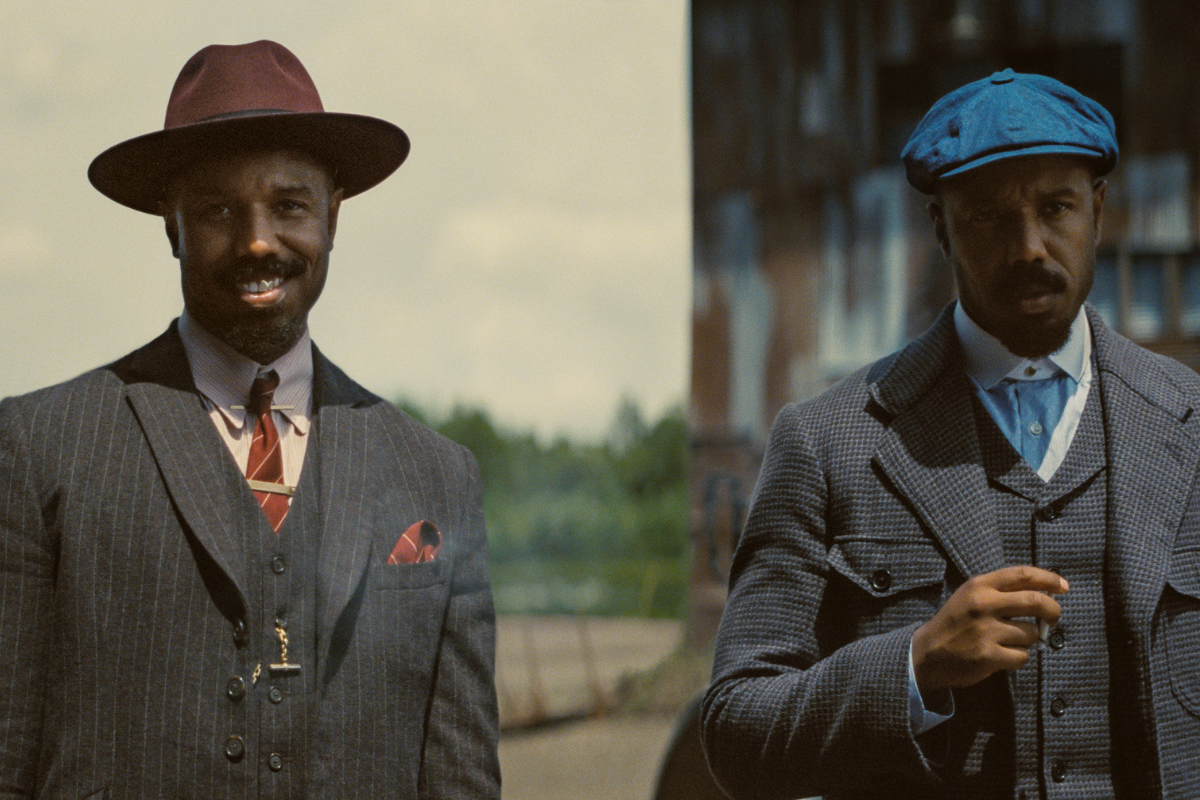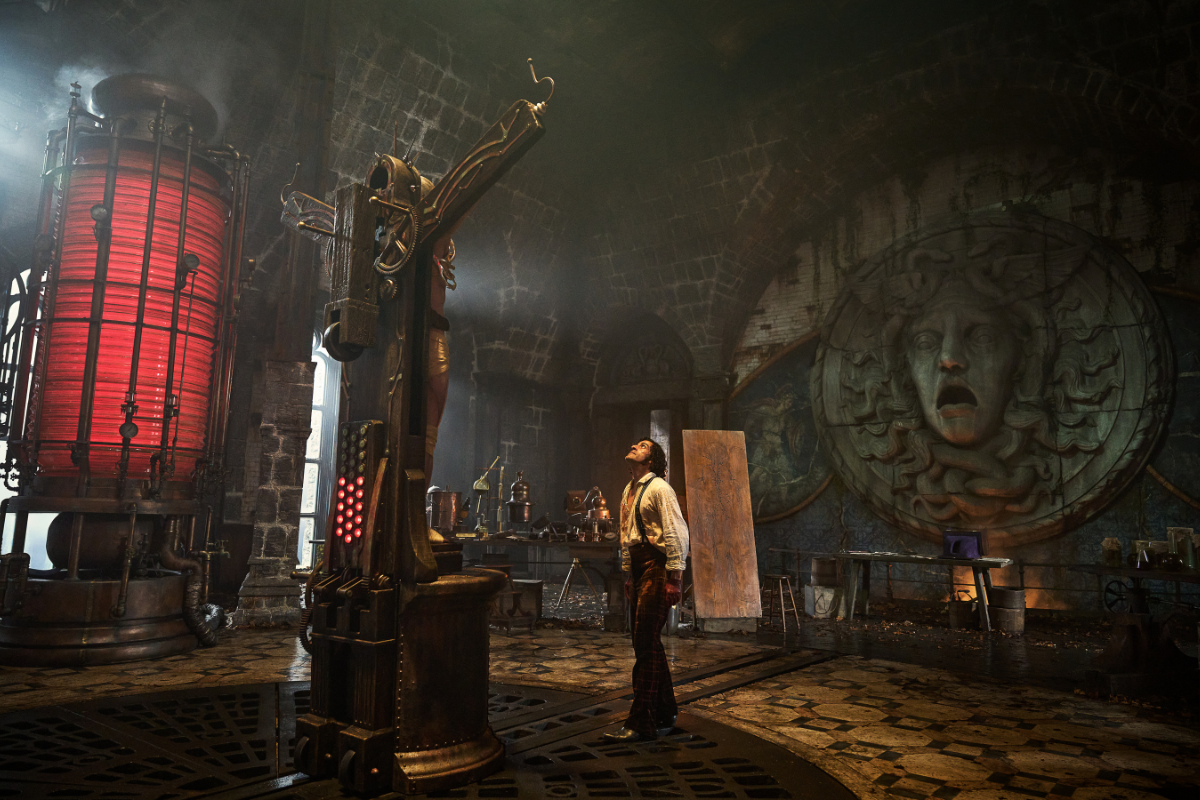Three Dialogue Tips for Better Screenwriting
With the many ways to approach writing dialogue, Bryan Young shares three sure-fire dialogue tips to make sure your characters’ words pop.
Ever since the dawn of sound in cinema, dialogue has taken its place as one of the most important tools in the toolkit of any filmmaker. As screenwriters, it’s our job to put words in the mouths of actors to help tell the best story we can. Writing dialogue can be a tricky thing, though. How do we make characters sound unique? How do we make their personalities clear based on the words they use? How can we reveal their character and what they’re made of based on the lies they tell other characters? How can we make them sound distinct from one another? There are so many different ways to approach dialogue in writing, but I wanted to share three sure-fire ways to make sure your dialogue pops.
1. Make Sure Your Characters Talk to Each Other — NEVER the Audience
This might be the most important rule to bear in mind when you’re writing dialogue. Characters speak to each other, never the audience. When your characters are talking, people can tell when a character says something purely for the benefit of the audience, whether it’s repeating information or using phrases like, “Wait, let me get this straight…”
Yes, we know, there are cases where they might be narrating or breaking the fourth wall, and you know that’s not what this is meant to deal with.
It’s patronizing to audiences to assume they can’t follow along, and it makes the dialogue feel stilted. As you write, ask yourself why the character is motivated to say something. If the only answer is to offer information to the audience, you need to cut the line. That’s not to say the audience needs to be lost, but you need to understand why the characters are giving each other this information. And if there’s no reason for them to do that, your screenplay likely has more problems than just the dialogue.
The classic example of a scene that does this really well, offering excellent exposition in a way that is natural to the characters and their level of knowledge and understanding, is the scene in Raiders of the Lost Ark between Indiana Jones and Marion in the bar in Nepal. The scene drips with history between the characters and we as an audience are shown things that help us understand their dynamic, but it never once feels like they’re performing for us, they’re simply talking to each other.
2. Make Sure Dialogue Doesn’t Drive the Story
Too often, writers operate under the mistaken belief that screenwriting is just writing dialogue. There’s a lot more to it than that, and dialogue is rarely the tool you want to use to drive the story.
When Alfred Hitchcock would work with a writer, the process would go something like this: Hitchcock and the screenwriter would meticulously plot out every beat in the story. The how and why of characters doing what they did and went where they had to in order to drive the plot were decided on. Then Hitchcock would turn the screenwriter loose to do the work he felt was less important. They’d “just fill in the dialogue.” Because the story was set by the actions of the characters and the premise of the plot, the dialogue was almost secondary. All of the dialogue sprung from the necessity of the situations and the characters that had been outlined.
The other thing to remember is that if the characters are talking about what the scene is about, you’re not going to have a very good scene. By allowing dialogue to drive the subtext, you let the story take the front seat. By allowing dialogue to drive the subtext, you let the story take the front seat without annoying the audience. You give them something to read into more deeply.
It’s important to remember that cinema is a primarily visual medium. Yes, the dialogue helps, but at its best, cinema is a story told through the juxtaposition of images and scenes that add up to tell a story and make us feel emotion. The dialogue can help with that, sure, but it’s not the primary tool of the language of cinema.
3. Give Your Characters Secrets
This one is the most fun to play with. Characters having secrets helps build a character in a really dynamic way and it offers a lot of tools in their dialogue to see how they can obfuscate the truth. They also give you very powerful ammunition to use when they decide to tell the truth. Who they tell the truth to and when can have a massive impact on the story and create situations that rivet an audience.
The three most powerful secrets I can think of are from The Empire Strikes Back, Chinatown, and Knives Out. The secret of Vader’s identity and Luke’s lineage is a powerful moment in the narrative. He doesn’t quite lie through the beginning, but when he does finally tell the truth, it tears the hero apart and hits the audience with a bolt of lightning. In Chinatown, Faye Dunaway’s secret about the parentage of her child is something that she’s held close, guarded by trauma. When Gittes finally gets the truth out of her, it changes everything we know about the story. The same is true for Knives Out, when we learn the truth of the crime at the end, though the dialogue is aimed at postulating the truth and then the secret-keeper confirming it, it’s no less powerful.
Give your characters secrets. Deciding when to use the truth of these secrets in the dialogue is something that’s going to give your screenplay an edge.
Learn more dialogue tips in our on-demand webinar, How to Write Sparkling Dialogue: Advanced Techniques to Make Your Script Shine
Bryan Young is an award-winning filmmaker, journalist, and author. He's written and produced documentary and narrative feature films and has published multiple novels and a non-fiction book. He's written for Huffington Post, Syfy, /Film, and others. He's also done work in the Star Wars and Robotech universes. You can reach him on Twitter @Swankmotron or by visiting his website: swankmotron.com.







